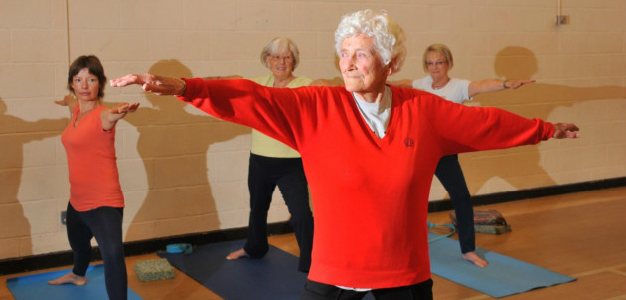A new report on cardiovascular disease in women provides important information for all of us.
The report was produced by the Australian Institute of Health and Welfare, Australia’s national body for the collection of stats and data on health and welfare.
Cardiovascular disease is the umbrella term for heart disease, stroke and heart failure. Between them they account for a third of deaths among Australian women.
The report came with two clear messages.
One is that we — and our doctors — need to be mindful that women have heart attacks too. The stereotypical image of a man clutching his chest tends to fool us into missing the signs of it in women.
Women often have a different experience, with more subtle symptoms, because the disease can affect smaller arteries in women.
That means it’s easier to assume it’s just indigestion or muscle strain.
Women who’ve had a heart attack describe an intuitive sense that all is not well or a feeling of dread. We need to trust that rather than brushing over it.
Signs of a stroke can include blurred vision, flashing lights and dry vomiting.
The other message from the report is that these diseases are preventable.
Long-term research in Australian women highlights high blood pressure as the red flag.
If our blood pressure’s high we’re more at risk of heart disease, stroke and diabetes, and quite possibly more than one of those.
Being on medication for it doesn’t let us off the hook for taking care of ourselves. It can sound like a broken record, but we have to resist becoming numb to advice to move more, reduce stress, and eat more fruit and veg and less processed food.
There’s good news and bad news about cardiovascular disease among Australian women. The good news is that statistics collected since 2001 show that there’s less of it than there used to be and we’re less likely to die from it. A key factor is that we’re less likely to be puffing away on cigarettes these days.
The bad news is that it’s affecting younger women. Women in their 30s are now more susceptible to having a stroke.
Is that because they’re carrying too much weight, stressed, inactive or eating poorly? Perhaps all of the above.
So the lifestyle message isn’t just for us; it’s for the younger members of our families too.
PS. I used that photo because it includes women of various ages moving. It’s worth mentioning though that the woman in front in the red top is Eileen Ash. She was 107 last October. She played cricket for England in the 1930s and 1940s, so she’s a great example of someone who’s been active all her life.

